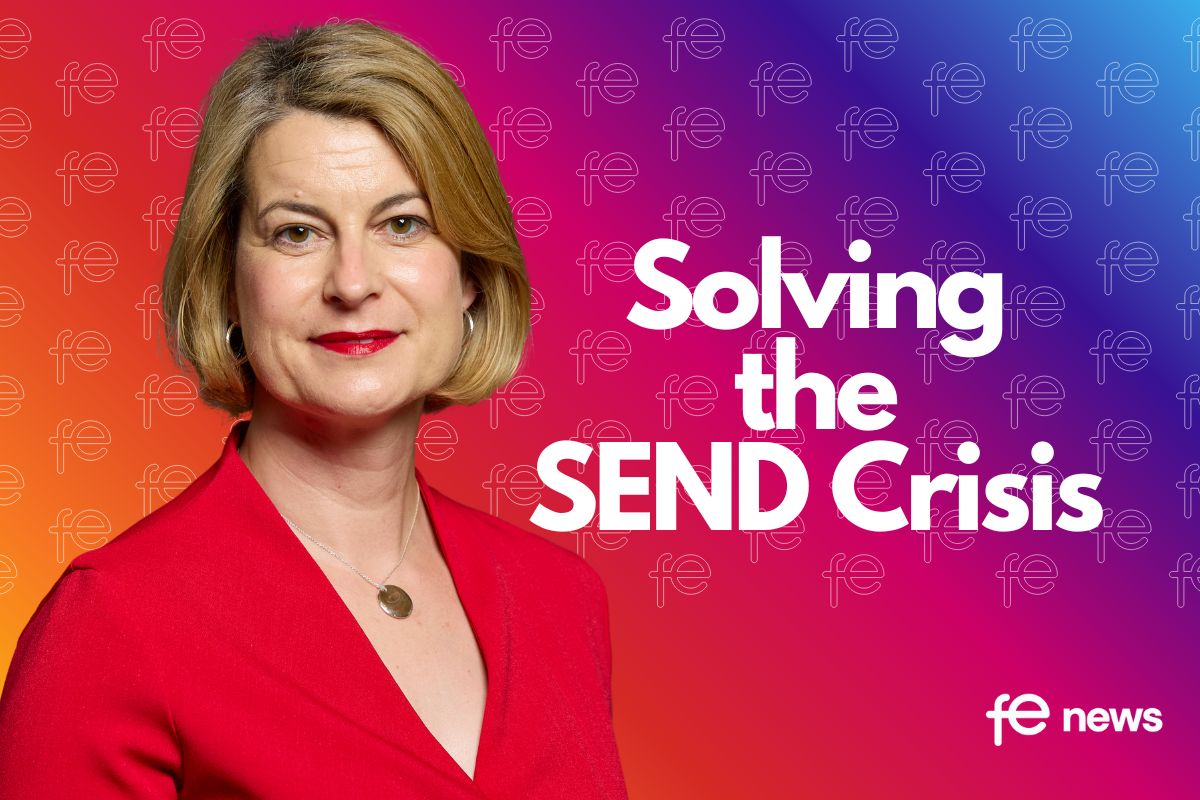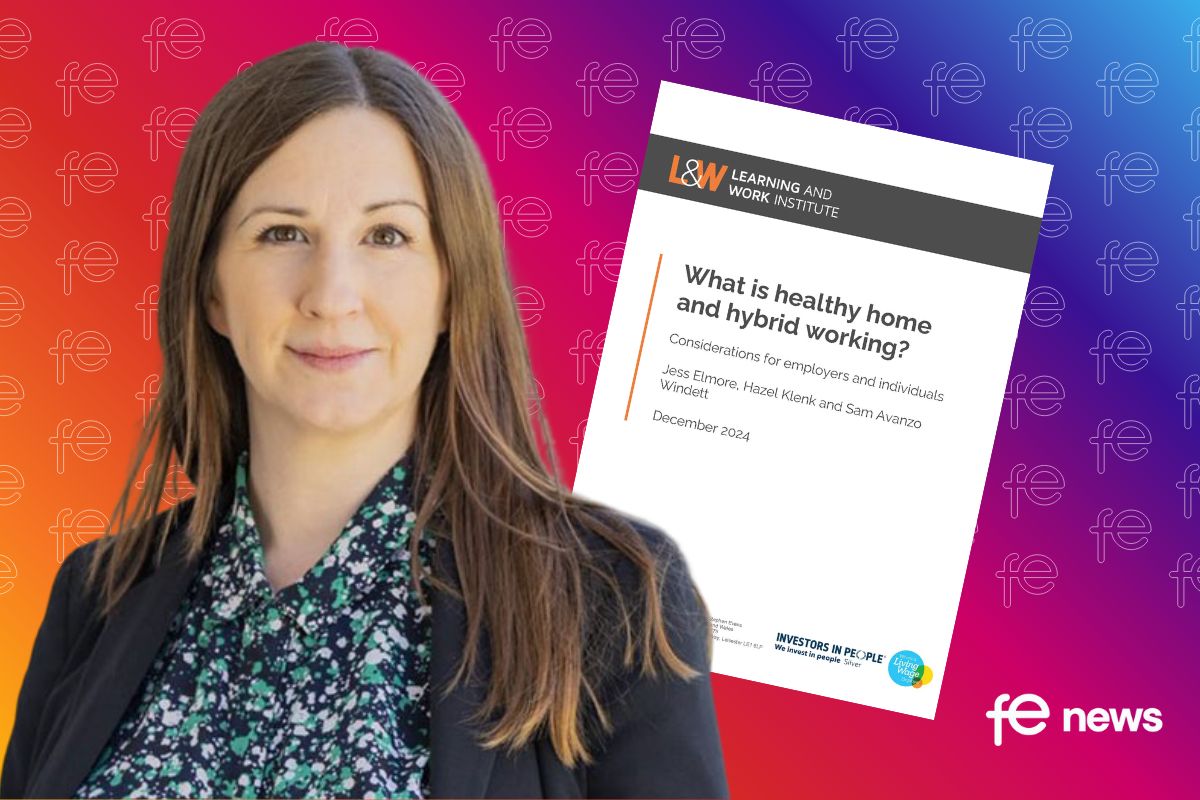Making a referral to Prevent
Preparing a Prevent referral
Make sure you have the details of how and who to make a Prevent referral to. Contact your Prevent partners or local authority for further information.
When making a referral, try to provide as much detail as possible to support the assessment process.
Details to include in the referral
When you make a Prevent referral about a child, young person or adult learner, you should describe:
how or why your organisation came to be concerned
what happened if there was a specific event
the indicators that something is wrong
any sympathetic interest in hate crimes, extremism or terrorism – including any extremist ideology, group or cause, support for ‘school shooters’ or public massacres, or murders of public figures
any worrying use of mobile phone, internet or social media and how you found this out
any contact with groups or individuals that cause you concern, including who and how often, and why you’re concerned
any expression of wanting to cause physical harm, or threats of violence, including who to, when and what was said or expressed
any additional need, disability or special educational need, including what they are and if they’re known or suspected
any other safeguarding concerns about the family, peer group or environment
any discussions you’ve had with the child, young person or adult learner, parent or carer (if under 18)
the parental or carer support (if known and under 18)
what you’re worried about, what may happen if the child, young person or adult learner’s needs are not met and how will this affect them
The designated safeguarding lead (DSL) should tell the child or young person that they’re going to speak with their parents or carers (if under 18) and refer this to the local authority.
The reason for a referral is to:
make a multi-agency safeguarding assessment
support vulnerable people to move away from harmful activity
The DSL should tell the parents or carers that making a referral to the local authority does not mean they’re accusing the child or young person of a crime.
Before sharing information, you should try to get consent from the parents or carers (if under 18). Do not do this if it would place the child or young person at more risk of harm.
You can share information without consent if you have a good reason and if it will help to safeguard the child or young person sooner.
If necessary, you may share information without the family’s participation under the Crime and Disorder Act 1998.
You must not let fears about sharing information stand in the way of promoting the welfare and protecting the safety of children, young people and adult learners.
When deciding to share or withhold information, you should record who has been given the information and why.
Do not assume that a colleague or another professional will share the information that might be critical in keeping the child, young person or adult learner safe. Keeping children safe in education says early information sharing is vital to identify, assess and allocate appropriate service provision.
Information sharing advice for safeguarding practitioners includes the 7 golden rules for sharing information and considerations with regard to the Data Protection Act 2018 and General Data Protection Regulation.
Safeguarding children, young people and adult learners from extremism or radicalisation is no different to other types of safeguarding harms, many of which are interconnected.
A Prevent referral is not an accusation of criminality and will not affect a person’s education or career prospects. Instead, it allows for their circumstances to be assessed and any relevant safeguarding support to be provided.
DSLs should exercise their professional judgment about whether a referral is appropriate, as they do for all other safeguarding risks.
At times, you may experience resistance or distress from parents and carers when referring their child to children’s services.
It is good practice to listen to parents and carers in a safe space. Follow your existing procedures in these instances.
Counter Terrorism Police’s ACT Early partnership with netmums includes articles, videos and an interactive forum where parents or carers can ask questions of expert practitioners on the risks of radicalisation. These are on the netmums Act Early page.
If you have any concerns about a child, young person or adult learner’s welfare, you must act on them immediately.
How a referral is assessed
If you have not received an acknowledgement of your referral within one working day, contact Children’s Social Care or whichever agency you made the referral to. For more information, read working together to safeguard children.
Counter Terrorism Policing may assess the referral. They are trained and experienced in assessing vulnerability and delivering supportive interventions to safeguard individuals and protect the public.
Counter Terrorism Policing will check if the child, young person or adult learner is part of any open investigations. This should take 5 working days.
To understand more about the police’s role in Prevent, see case study 2: the role of the police in a referral.
During the assessment period, other agencies can also conduct their own assessments. You should think about what you can do to support the child, young person or adult learner. For help with this, read managing the risk of radicalisation in your education setting.
Prevent referral process
The Channel panel
The Channel panel is a multi-agency panel, which includes the police. Channel works in a similar way to existing multi-agency partnerships for vulnerable people.
If the case is passed to a Channel panel, the members will assess the risk to the child, young person or adult learner and decide whether to adopt the case. Statutory interventions could take place alongside the Channel process.
Channel panels work with local partners to develop an individualised support package to reduce:
broader risks to the child, young person or adult learner
the risk of extremism or radicalisation
Channel is a voluntary process. Parents, carers and adult learners can turn down the support offered. If this happens, the child, young person or adult learner will be signposted to other services, if appropriate.
For more information, see:
Channel decisions
No support
If the Channel panel decides the referral is not appropriate for Channel support or other safeguarding services, it will signpost it back to the education setting.
The Channel panel will list the areas of concern and the child, young person or adult learner’s vulnerabilities. It may suggest how you might deal with them but it will be up to you to choose how you support the child, young person or adult learner.
You can ask your local authority or Prevent policing teams for advice.
Support from other safeguarding services
If the Channel panel decides the referral is not appropriate for Channel support but thinks the child, young person or adult learner can best be supported through other services, it will signpost it to other safeguarding services.
Support from Channel
If the Channel panel decides the referral is appropriate for support through Channel, it will design a support package for the child, young person or adult learner based on the risks and vulnerabilities identified.
Channel support
Channel support is tailored to the child, young person or adult learner based on their identified needs. The DSL (and the referrer, if different) can attend the Channel panel to be part of this process.
The DSL can pass on any relevant information from the setting’s point of view and liaise with parents or carers (if under 18) and panel members to understand the decisions and discuss how the education setting could support them.
Participation in the Channel programme is confidential and parents and carers need to give their consent (if under 18) before Channel support is provided.
Many types of support are available, addressing educational, vocational, mental health and other vulnerabilities. Ideological mentoring is common.
The Channel panel will decide what is appropriate and proportionate for the case, then either:
coordinate new activity through statutory partners and intervention providers that it has commissioned
oversee existing activity
Channel support could include:
family support programmes
family therapy or child and adolescent mental health services (CAMHS) programmes
targeted youth support
crime prevention programmes
focused theological or educational programmes
parenting programmes
one-to-one or group counselling
behaviour support or anger management programmes
One-to-one ideological support or mentoring is often delivered by a Home Office approved intervention provider. They can build a rapport with the child, young person or adult learner to discuss their views and understanding.
The Channel panel will review the progress of the child, young person or adult learner each month. When the panel decides there is no more risk of radicalisation, the child, young person or adult learner will leave the programme.
In some cases, the child, young person or adult learner could still be supported to address concerns not related to radicalisation. This would be managed outside of the Channel programme.
Children, young people and adult learners who drop out of Channel support may be offered alternatives by the local authority or other providers. In these cases, the police will continue to manage any risk of terrorism that they might present.
After a child, young person or adult learner has left the Channel programme, their progress will be reviewed after 6 and 12 months and they may re-enter the programme. If they show further concerns relating to radicalisation, they can re-enter the Channel programme and receive further support at any point.
For more information, see Channel and Prevent Multi-Agency Panel (PMAP) guidance.
For examples of Channel intervention and support packages, see case study 1: Channel support and case study 3: Channel support.
Parents or carers turn down Channel support
Parents and carers can turn down the voluntary Channel support.
If this happens, the members of the Channel panel should suggest alternative services to provide support, such as early help or another agency.
In some, the child or young person may meet the threshold for a child in need service (section 17) from children’s social care.
If the parents or carers refuse Channel support but there is still a terrorism risk, the police may progress the referral outside of the Channel framework.
Support without Channel
If the local authority or police decide that the concern does not meet the threshold for early help or child protection services, you may need to think about what general services the child or young person has access to and assess what additional support can be put in place.
For an example of a concern that was not appropriate for local authority support, see case study 4: responding to extremism concerns in the classroom.
Education settings may put in place protective interventions to support a vulnerable child, young person or adult learner. This might be when no further action is taken by the police or local authority, or it could be wider work delivered by the education provider when a learner is in receipt of Channel support.
Whole school and individual interventions can support a child, young person or adult learner while they are in the Channel programme or after they have left.
Interventions are projects intended to divert children, young people and adult learners who are being drawn into terrorist activity.
Interventions can include:
mentoring
counselling
theological support
encouraging civic engagement
developing support networks (family and peer structures)
providing mainstream services (education, employment, health, finance or housing)
Whole school interventions
Whole school interventions can help to address concerns that other learners may also experience without singling out an individual.
Whole school interventions can include:
reviewing the curriculum for relationships, sex and health education, spiritual, moral, social and cultural development and British values
embedding online safety and digital literacy within the curriculum (see teaching online safety in schools)
providing opportunities for safe place debates to discuss controversial issues (see NSPCC’s how to have difficult conversations with children)
building lessons on resilience to exploitation, grooming and radicalisation
supporting parents with parental controls and online safety advice
promoting emotional wellbeing and mental health initiatives (see teaching about mental wellbeing and promoting and supporting mental health and wellbeing in schools and colleges)
having an effective safeguarding policy and staff training policy for Prevent
educating staff about vulnerability to radicalisation and current extremist risks, individuals and narratives
reducing risk, especially for the most vulnerable – thinking about how to reduce vulnerability among at risk students
Individual interventions
Individual interventions could include:
discussions and support to family – parental programmes
mentoring or buddy up systems
preventing bullying at school, which can reduce victimisation
diversionary activities such as extracurricular clubs or sports
improving social skills – communication, leadership, conflict solving, social problem solving
cognitive behavioural training – managing anxiety or anger, problem solving and coping strategies
establishing a positive and supportive relationship with the child, young person or adult learner
using emotional wellbeing and mental health initiatives, counselling or toolkits
careers guidance
behavioural or attendance support (see school suspensions and permanent exclusions)
engagement with community groups or organisations
For examples of protective interventions when no further action is taken by the policy or local authority, see case study 5: protective intervention by education settings and case study 6: protective intervention in education settings.











Responses